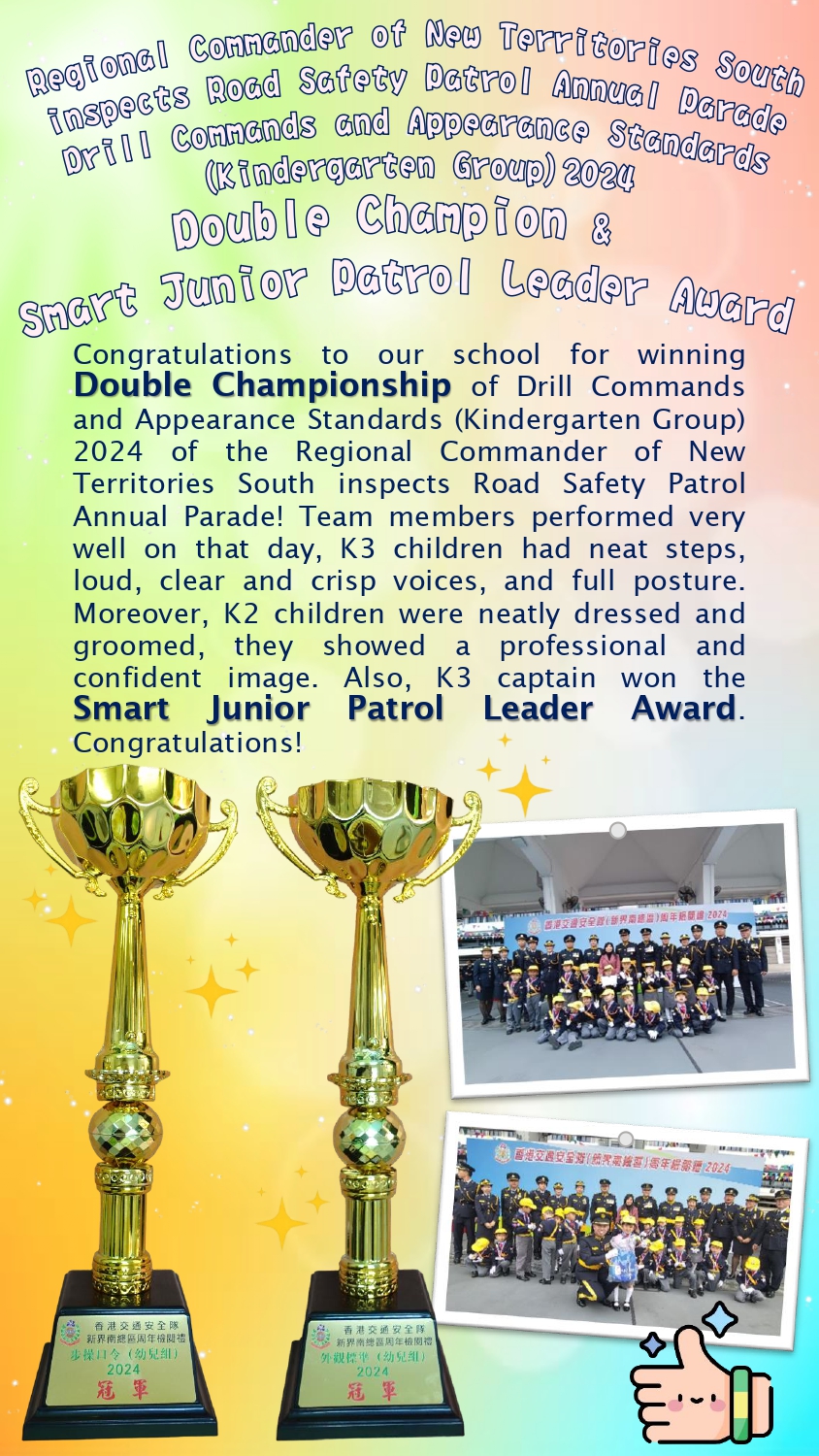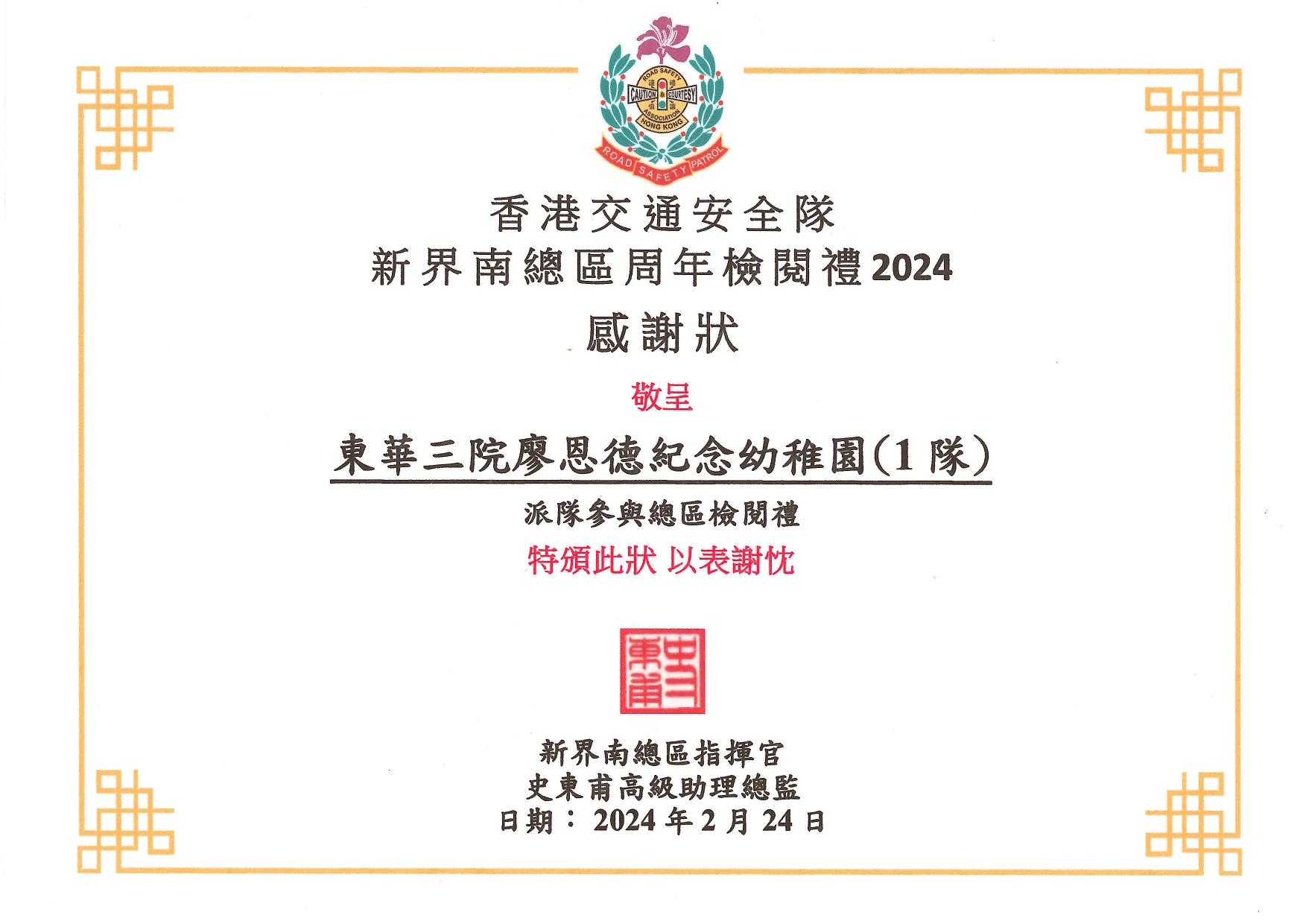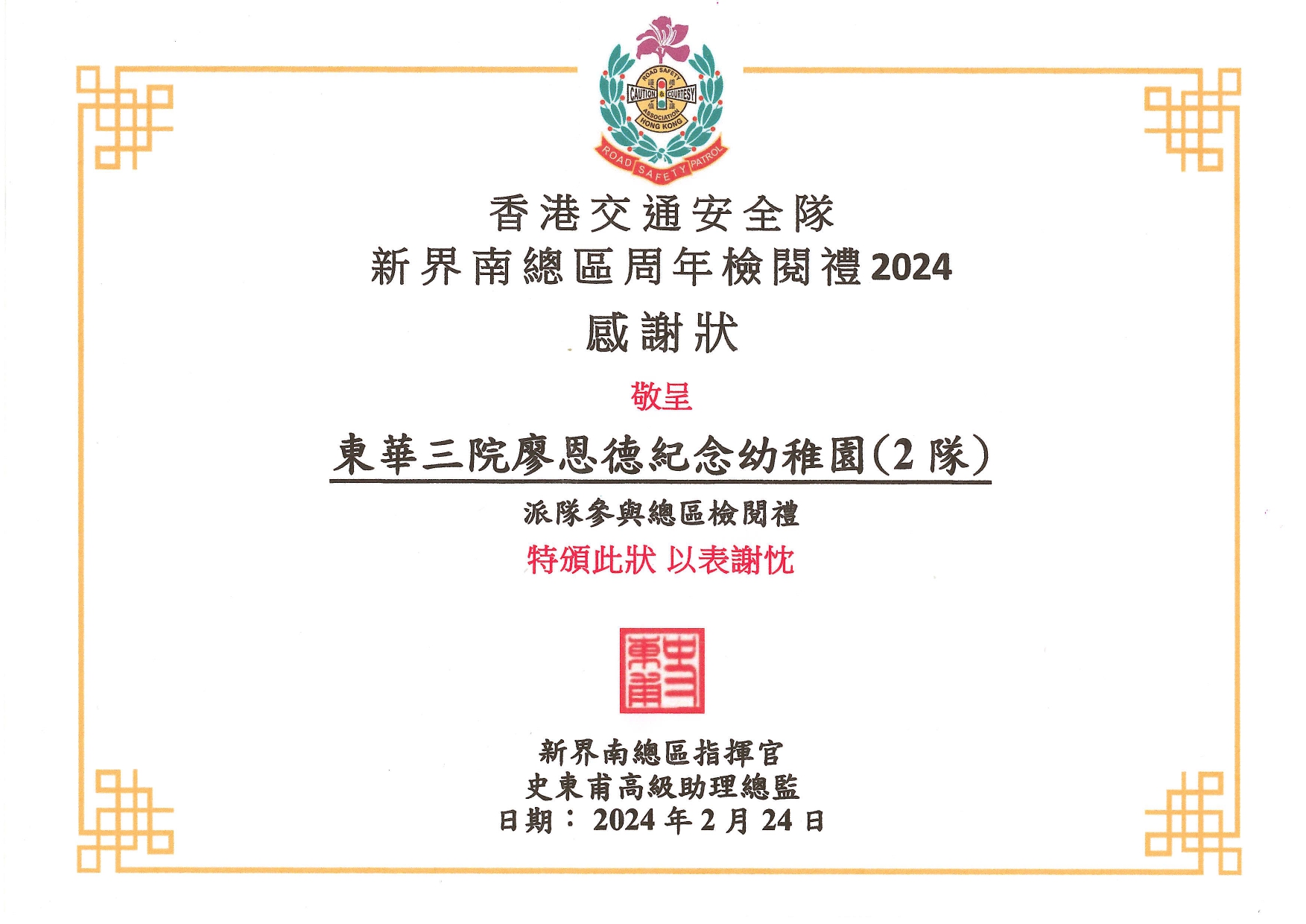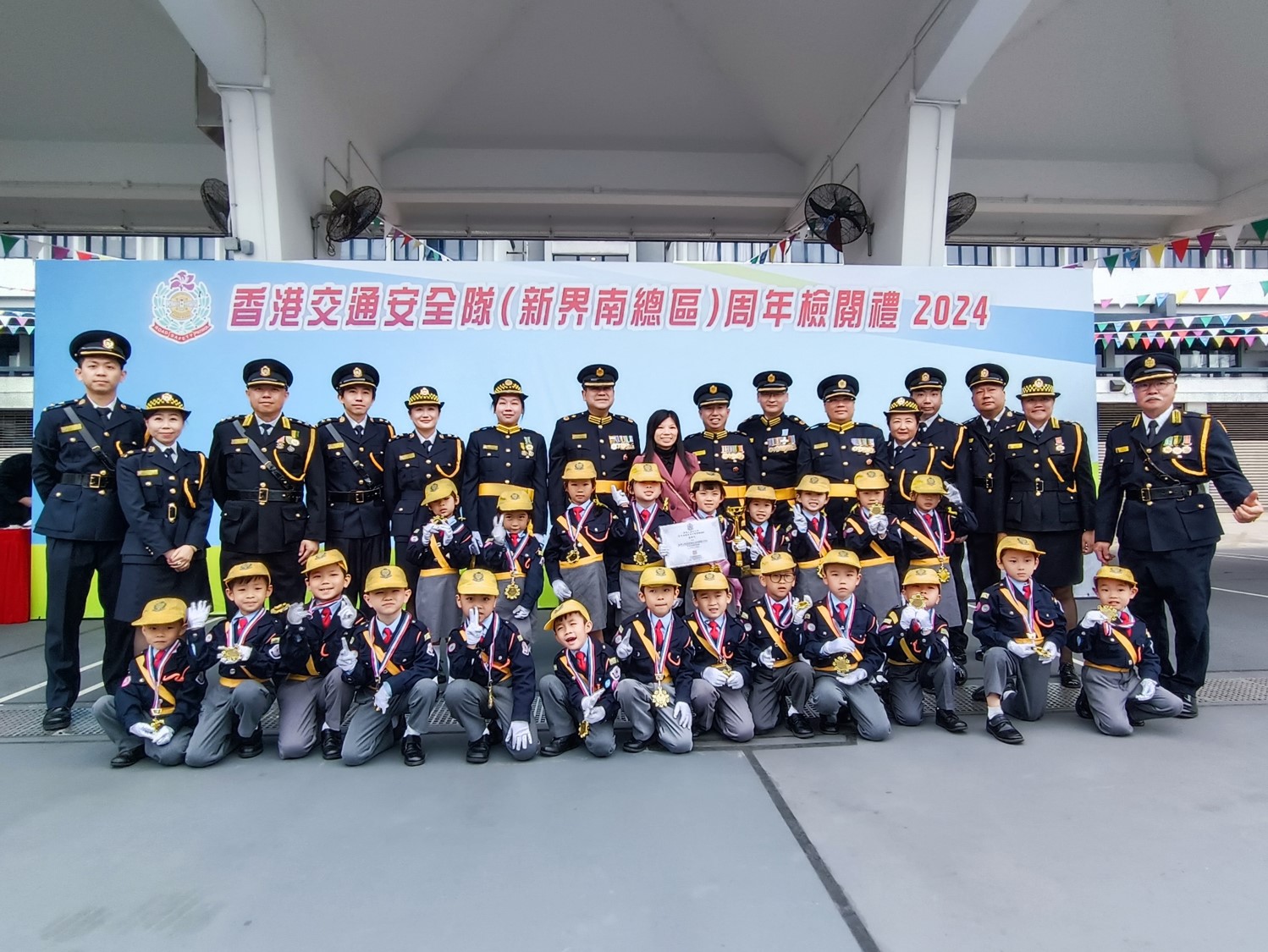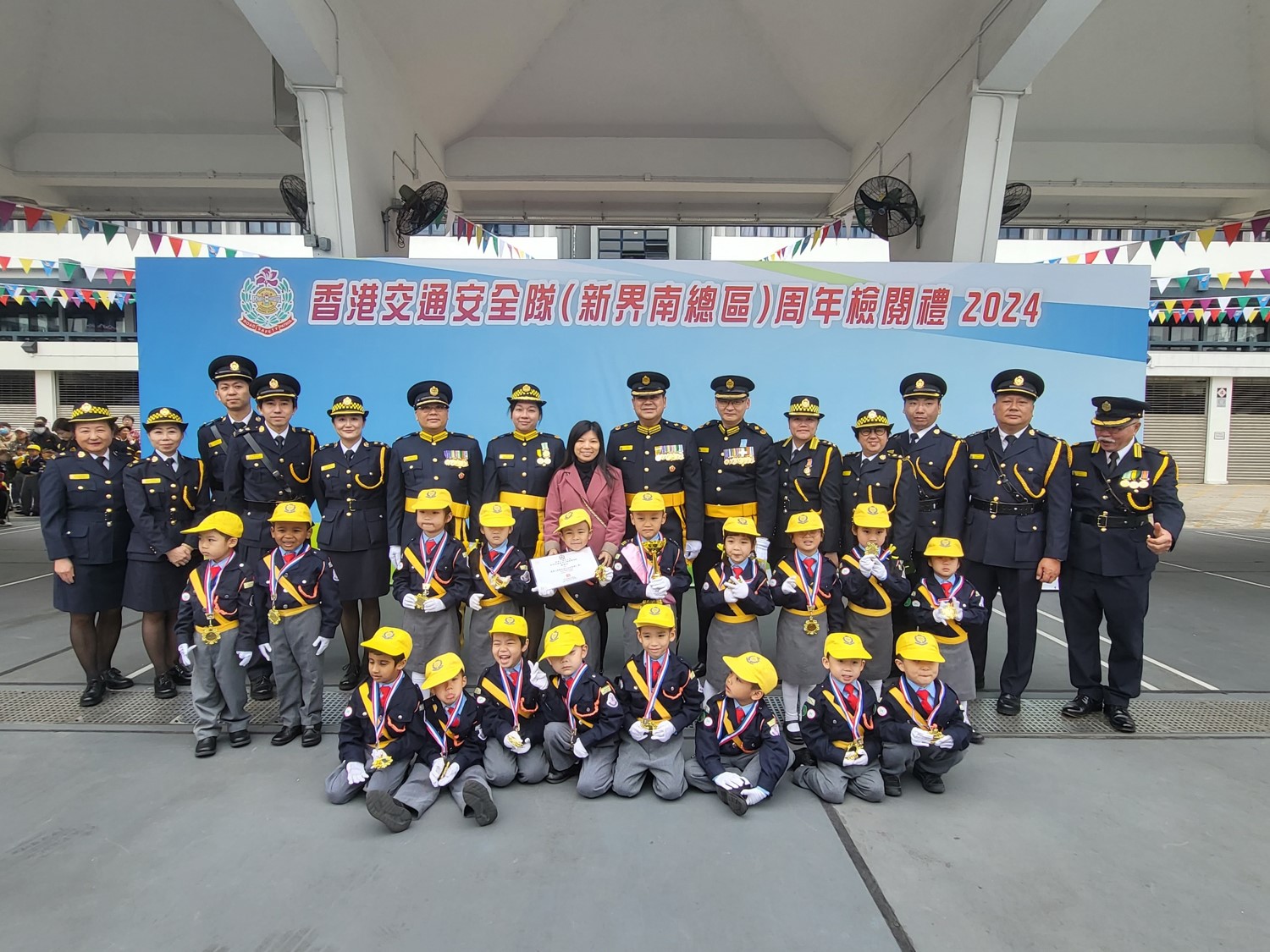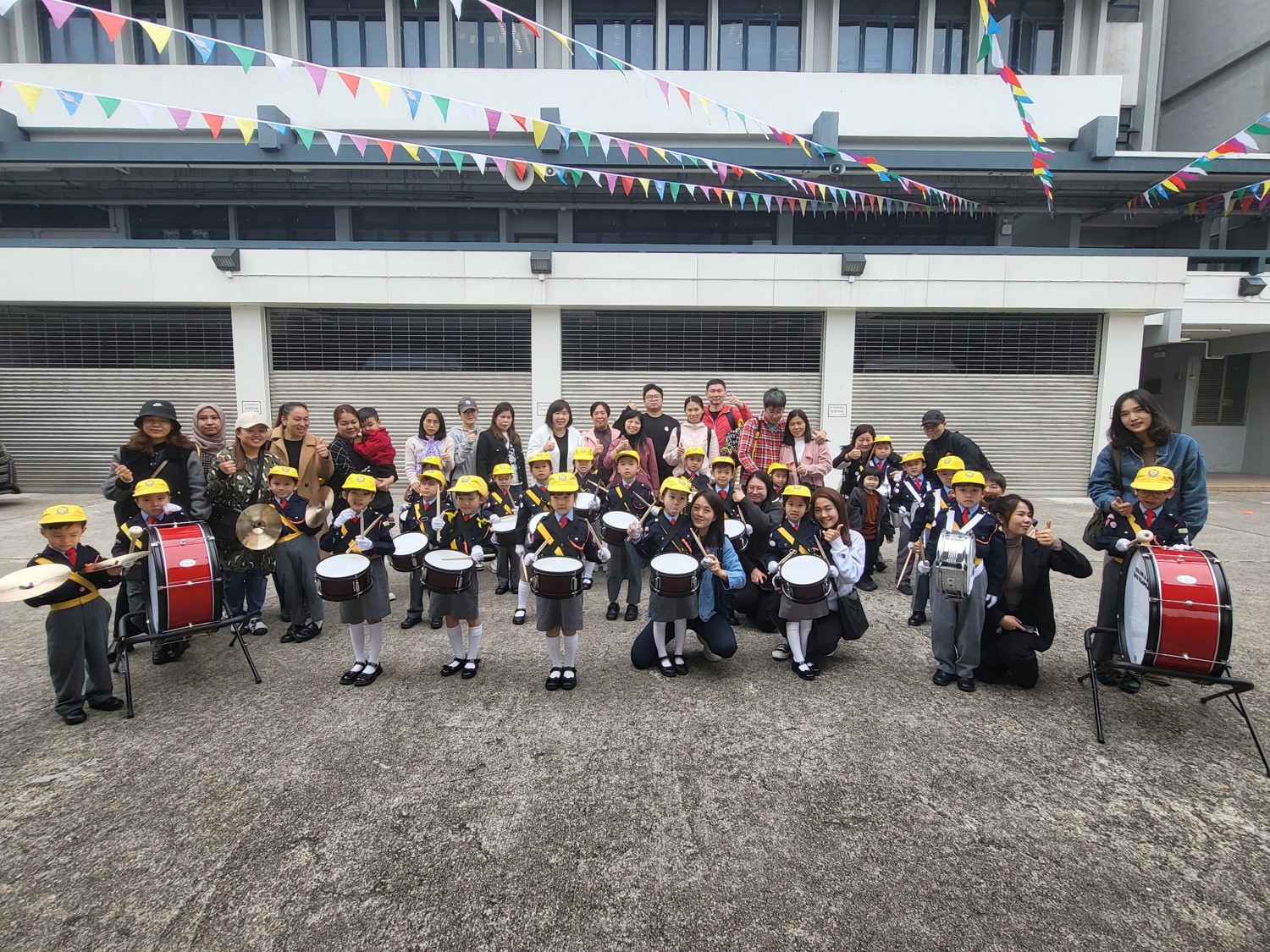Month: February 2024
AHKF Holds Annual Parade 2024 with Parent-child Activities-Excellence Award
AHKF Holds Annual Parade 2024 with Parent-child Activities-Excellence Award
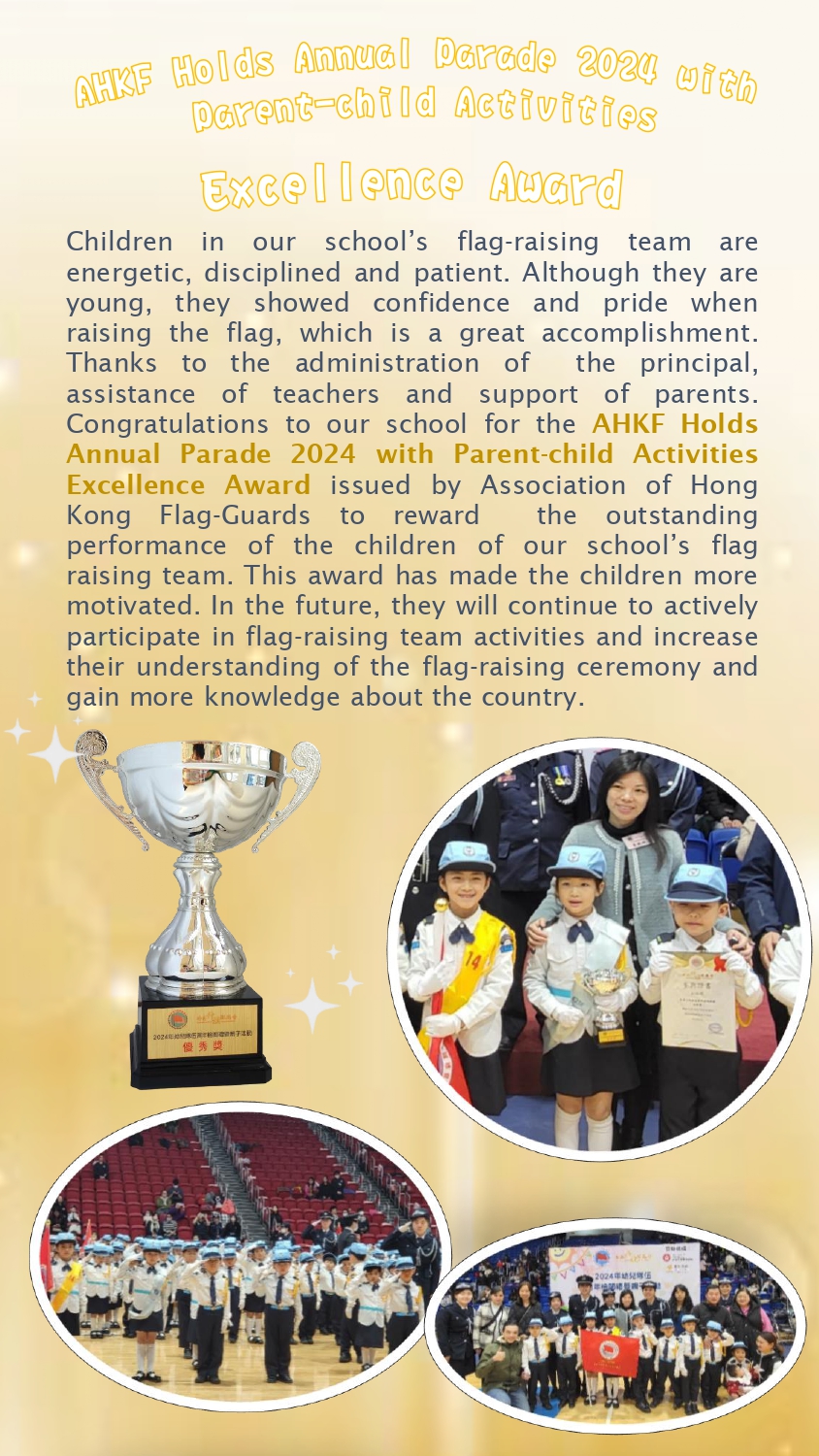
AHKF Holds Annual Parade 2024 with Parent-child Activities-Parent Active Participation Award
AHKF Holds Annual Parade 2024 with Parent-child Activities-Parent Active Participation Award
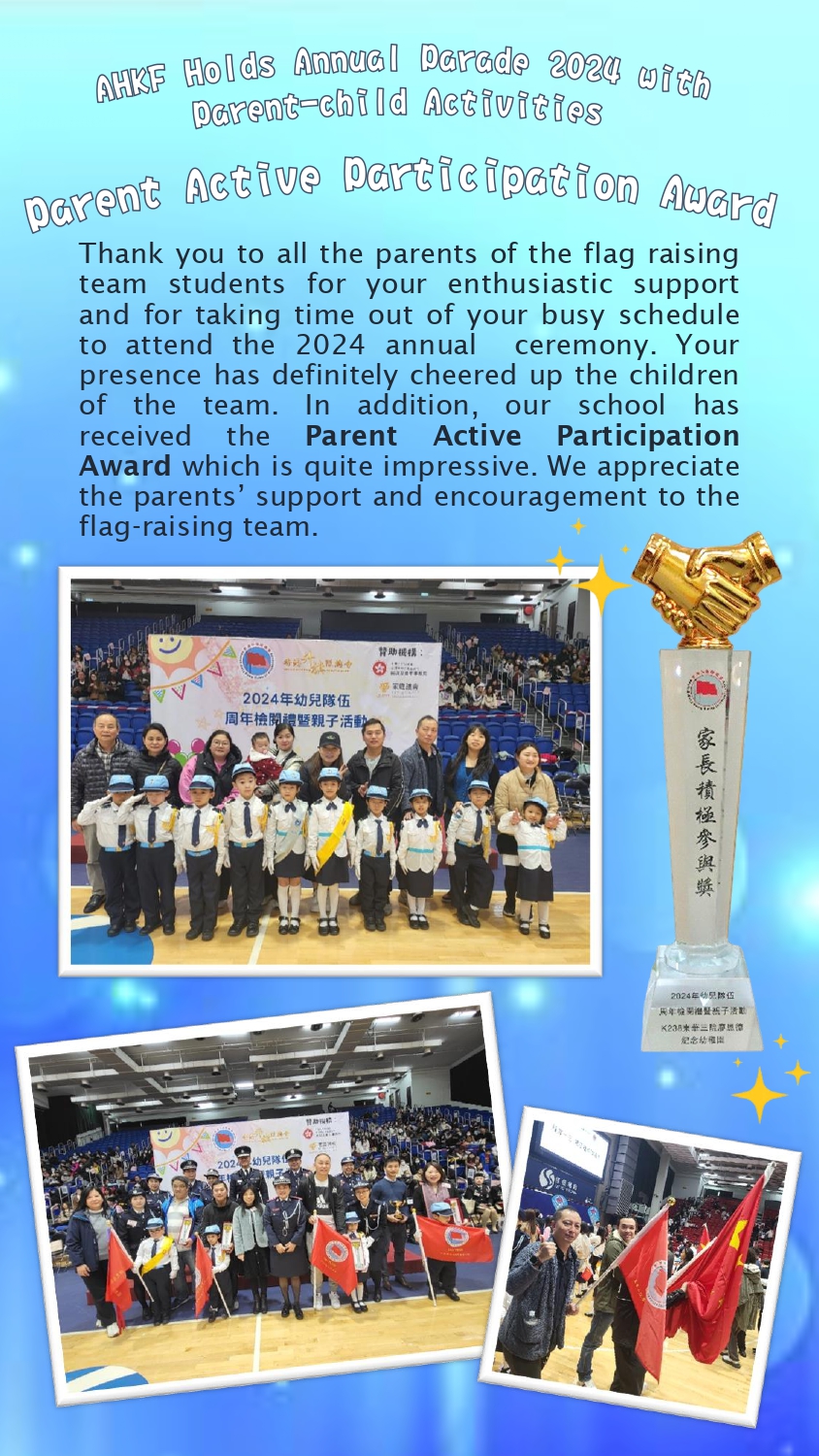

Parenting Tips
February 2024

Written by: geneDecode Genetics Education Professional Team
Innate potential is an ability that everyone is born with, a genetic characteristic that is present before growth. From birth, each child possesses their own unique talents. In the process of a child’s growth, emotional intelligence, IQ, and the ability to withstand setbacks, among others, are all necessary conditions for success. Among these conditions, each child’s talents are different. Can we discover their innate talents in the innocent eyes of children? Can we be sure to capture these talents and guide the children on a path of growth that suits them?
Here is a mother’s experience:
‘Amy is 4 years old this year. As she grows up, she is becoming more and more curious about the things around her. Amy’s father noticed that she seemed to show a special interest in doodling when she was 2 years old. I casually gave her some paint, and she could use a brush, crayons, or her fingers, even a bottle of ketchup, to paint. No one knows what she is painting, maybe only she knows. Amy’s father and I both think that she should be allowed to grow freely. I found that she seems to like painting very much. If she is really good at it, I think we will definitely cultivate her well.’
Amy’s parents are wise. Each child has different talents hidden in different fields. When a child’s talent is found, if it can be cultivated and paid attention to by parents and teachers, it will save a lot of detours in the direction of success. However, the most important thing is for children to have a sense of success from a young age and grow up to be happy and confident people.
Scientific research confirms that the period of infant growth is the fastest and most sensitive period of brain development, and it is also the best time to develop a child’s talents. The cultivation of talents is time-sensitive, and scientists call this irreplaceable stage the ‘talent time window

Only at the most important and appropriate moments, with the right education and cultivation, can innate potential develop into real abilities. Missing these key moments of development, a child’s talents may relatively weaken, and their innate potential may no longer stand out. Here are some key moments for reference:
Key Moments for Talent Development
Memory: 12 months to 12 years old
Emotional Intelligence: 2 months to 22 years old
IQ: Birth to 13 years old
Music: 2 months to 5 years old
Drawing: Birth to 15 years old
Sports: Birth to 12 years old
‘Whether Amy can become a painter when she grows up, I can’t confirm, we are just observing. It can be said that it is completely based on feeling. Talent is hard to say, maybe she has talents in other areas, or sometimes it is not obvious, then it is hard for us to discover. We can only do our best and observe her from as many angles as possible.’
This is not just a worry for Amy’s mother. Every parent dreams of their child’s success, but the key is how to accurately discover a child’s talents.
Many parents are trying, hoping to find clues in their child’s behavior, hoping to find ways to discover a child’s talents early. Those parents who seem to have found a method, according to their own judgment and willingness, send their children to various specialty classes and youth classes to learn various skills, hoping that one day, they can become experts in this field. For this goal, parents spare no effort to invest a lot of money and time.
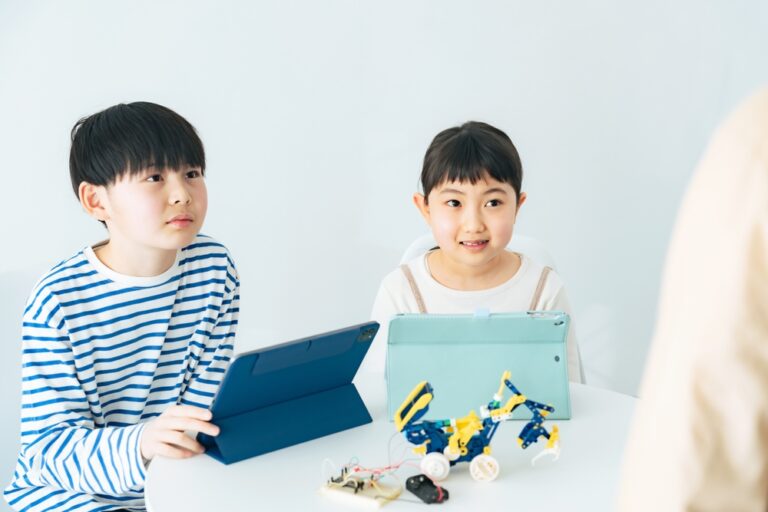
However, doing so seems to not only waste a lot of money and time, but also those originally intelligent children are more likely to lose their spirit in the multitude of educational directions, their talents are delayed or even obliterated. They passively move from one tutoring class to another specialty class, learning things they neither like nor are good at.
Childhood, for children, is no longer a memory of happiness and beauty, but of pressure and worry. The saddest thing is that when they grow up, they have more complaints about their parents.
Is there a better way to understand a child’s talents, personality, and traits, so as to teach students in accordance with their aptitude and cultivate them in a directed way?
Highly intelligent autistic children. Smart use of storybooks
- Post author By system
- Post date 01/02/2024

Parenting Tips
February 2024

Written by: Educational Psychologist Team of the Heep Hong Society
Highly intelligent children with autism, i.e., those with intellectual and verbal abilities, are 5 to 6 years old. What kinds of books can parents let their children read? What are some tips for parents to read to their children?
Highly intelligent autistic children should be able to understand simple moral stories. Parents can refer to “social stories” to help their autistic children understand the content effectively. Once the child is familiar with the story, parents can change the main characters to other real people or to the child himself/herself, so that the child can gradually put himself/herself into the moral story. If the characters can be changed, then the storyline can also be changed a little bit: for example, “Grandma’s house” can be changed to “Auntie’s house”, so that the child can utilize what he/she has learned flexibly. Of course, it is important to change the characters and plots before children develop a stubbornness towards the details of the story. As for fables, fairy tales, and myths, which often use abstract metaphors, they can only be used when the autistic child can generalize his/her knowledge.
On the cognitive side, when the child has reached a certain level of comprehension, parents can emphasize emotional words in the story, e.g. “When she saw the dog, Mei Mei was scared. When it is appropriate for children to learn the concept of sequence, parents can emphasize the description of time, e.g., “Mei-mei did something wrong, and afterward, she said she was sorry. Depending on the level of the child, parents can make good use of each page of the storybook by adding or emphasizing appropriate words in the tone of voice.

In the aspect of parent-child communication, higher-ability children with autism can take turns with their parents to tell stories, which not only trains the child’s ability to follow the story and listen attentively but also deepens the child’s impression of the story. Flexible use of storybooks by parents can meet the developmental needs of children and promote parent-child communication. Children with autism often lack imagination. Storybooks with accompanying dolls can be very useful: Initially, the story is told, then the dolls are added, and gradually the use of the storybook is reduced until only the dolls are used to tell the story, using a “you say a sentence, I say a sentence” method, leading the child out of the storybook and into the world of imaginative play.
In terms of social cognitive development, parents who use comics can use correction fluid to paint over the “speech bubbles” of the characters, and then create new dialogues with their children. Initially, they can start by altering certain words, and as both parties become familiar with the method, they can alter more parts until all the dialogues are original. Parents who are willing to try can also create storybooks tailored to their children and design different storytelling methods to attract the social concepts needed for their children’s learning.
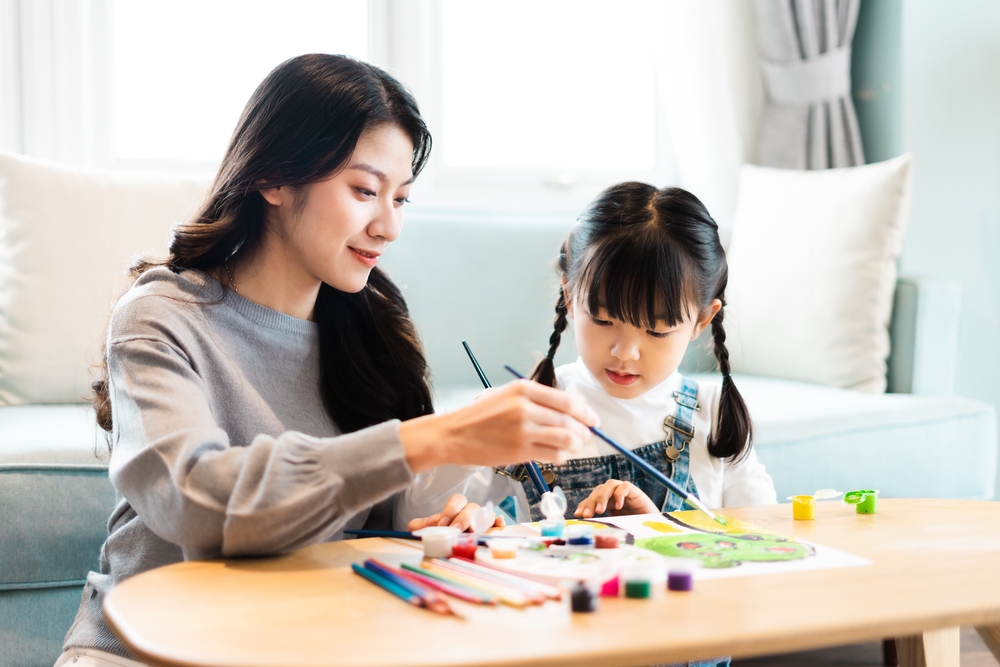
Parenting Tips
February 2024
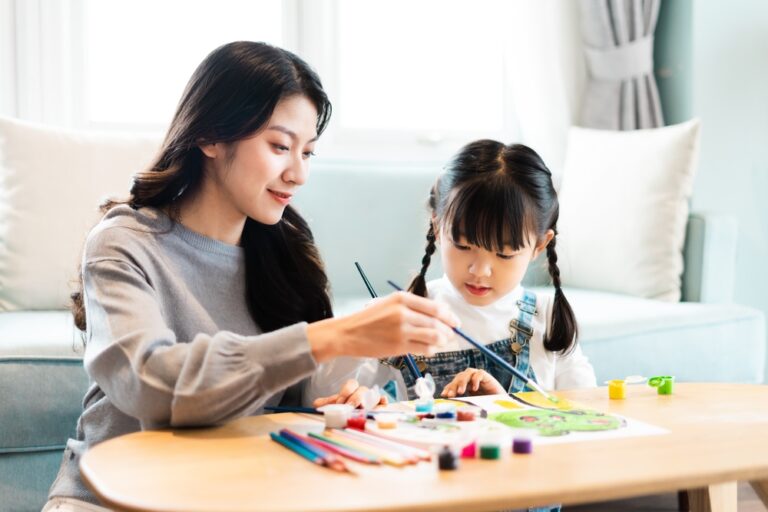
Written by: Director of Pario Arts, Lee Sou Jing
Everyone has creativity and artistic potential. If properly nurtured, it can enhance one’s moral sentiments and make life more perfect. In the artistic atmosphere, diverse activities inspire individuals’ creativity, aesthetic sense, and diverse abilities, promoting holistic development. ‘Love’ is the driving force of creation. In a free, democratic, safe, and harmonious environment and atmosphere, it is the expression of ‘love,’ emphasizing mutual tolerance, acceptance of different opinions, and respect for and acceptance of others. So, how can parent-child creative art creation express ‘love’? Here, the author shares his views with all parents.
The significance of parent-child creative art creation:
- Art education starts with individuals. Parents try to engage in artistic creation to cultivate their children’s artistic accomplishments.
- The first lesson of art education begins with ‘listening’ and ‘acceptance.’ Parents learn to accept the diverse ways in which children express their creativity.
- Through the joint participation and experience of parent-child art creation, parents can get closer to and understand their children’s hearts.
- Parent-child art creation helps children to understand themselves and release emotions and stress.
- By integrating an atmosphere of mutual appreciation and respect, it reduces parental stress and anxiety, thereby enhancing parent-child relationships.
- Making parent-child fall in love with creation, integrating art into life, and enhancing the quality of life.
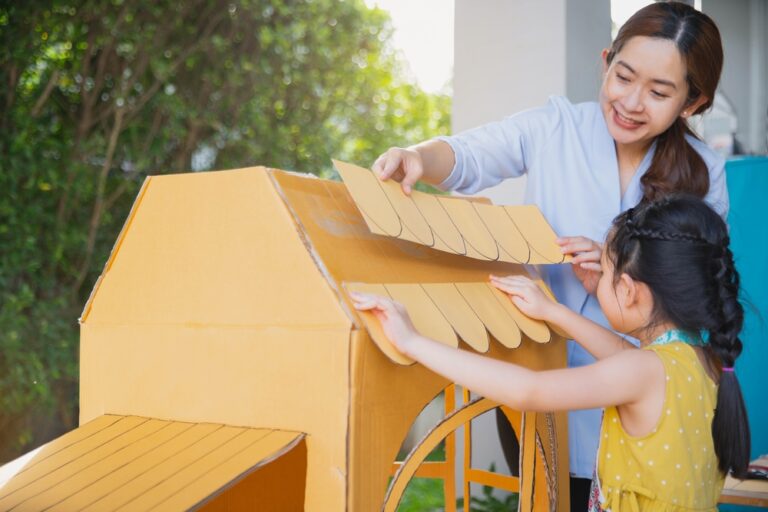
Artistic Cultivation Tips
- Cultivate a kind of knowledge in being human and enhance the ability to share, that is, ’empathy.’
- According to the research of psychologist Hoffman on the development of human empathy, ’empathy’ is the ability to understand the feelings of others and to put oneself in their shoes.
- The three steps of ’empathy’: (1) Imagine standing in the other person’s position (2) Identify the other person’s true feelings (3) Convey understanding and feelings to the other person.
- Empathy’ is an important ability in interpersonal relationships. Only those with ’empathy’ can establish good interpersonal relationships, self-discipline, and a sense of responsibility.
- Children at the age of 2 to 3 can already understand the feelings of others. In order for children to be compassionate, possess ’empathy,’ and understand love and care for others, it is very important for parents to lead by example.

